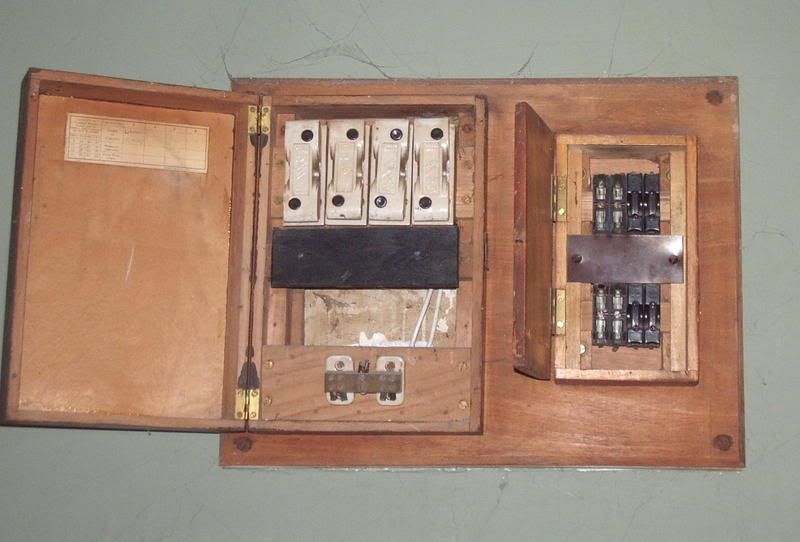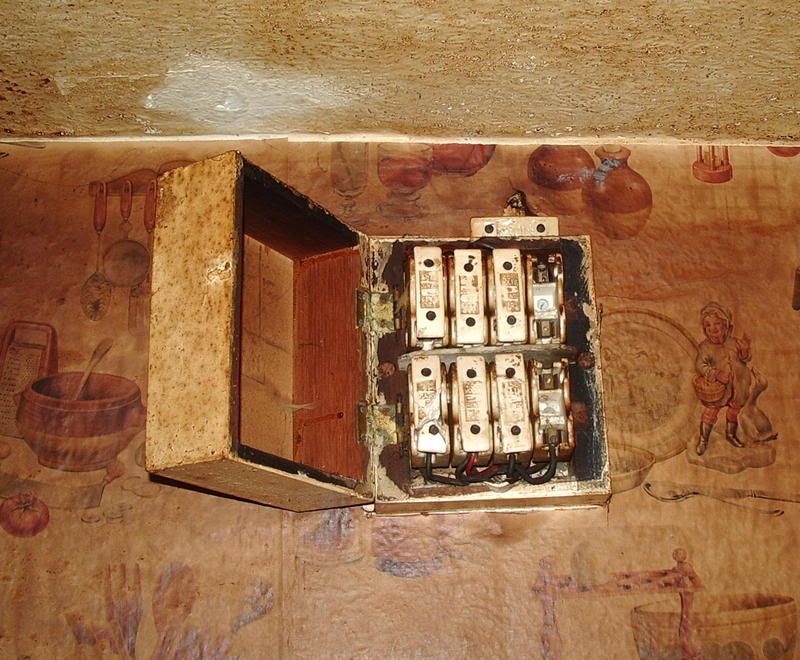I've just bought a 1906 house complete with (I assume) original electrics. It doesn't have a fusebox, just 3 cast iron isolators like you'd see in old factories and rubber wiring. I think the service head has a fuse in the phase and one in the neutral.
1930's houses had rewirable fuseholders (from day 1 I assume), so when did fuseboxes in homes first start?
1930's houses had rewirable fuseholders (from day 1 I assume), so when did fuseboxes in homes first start?






